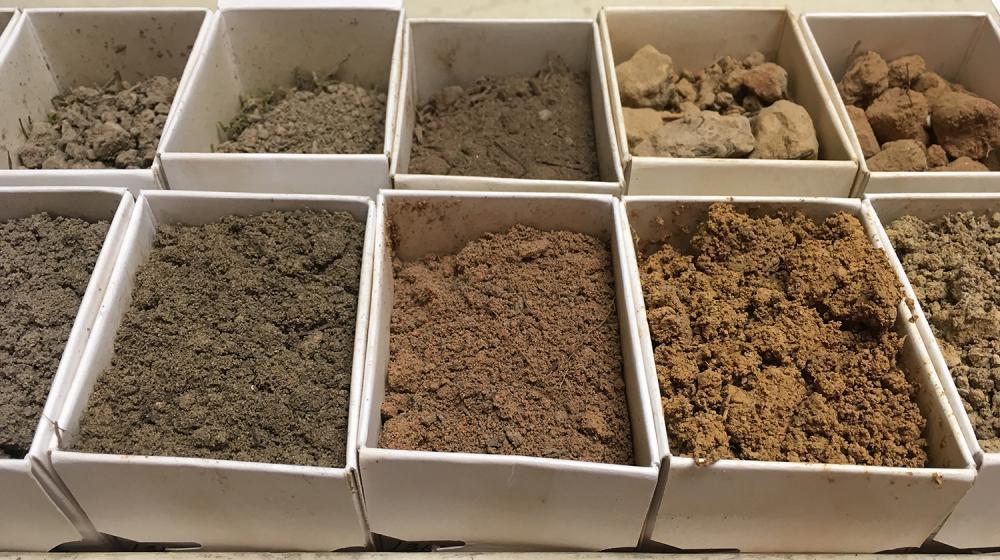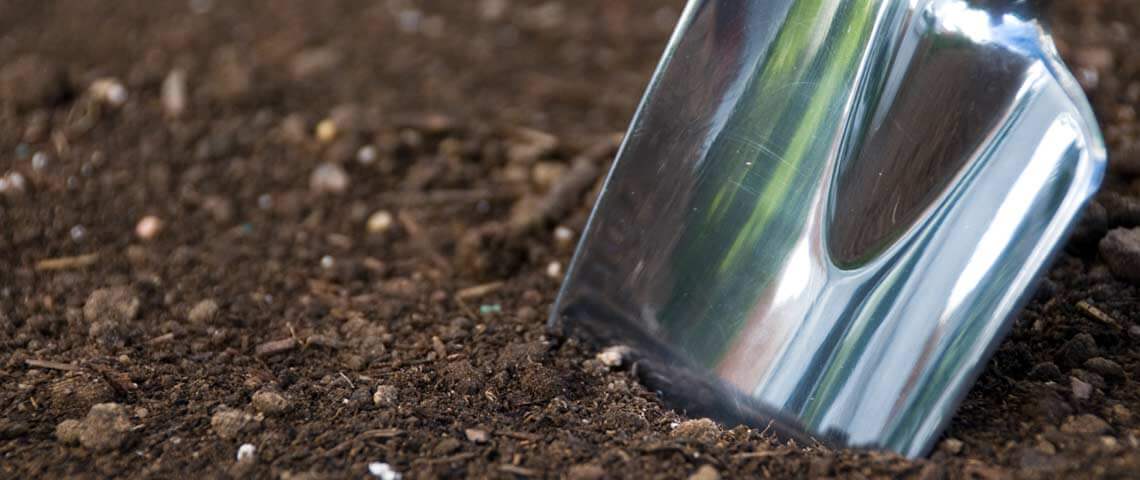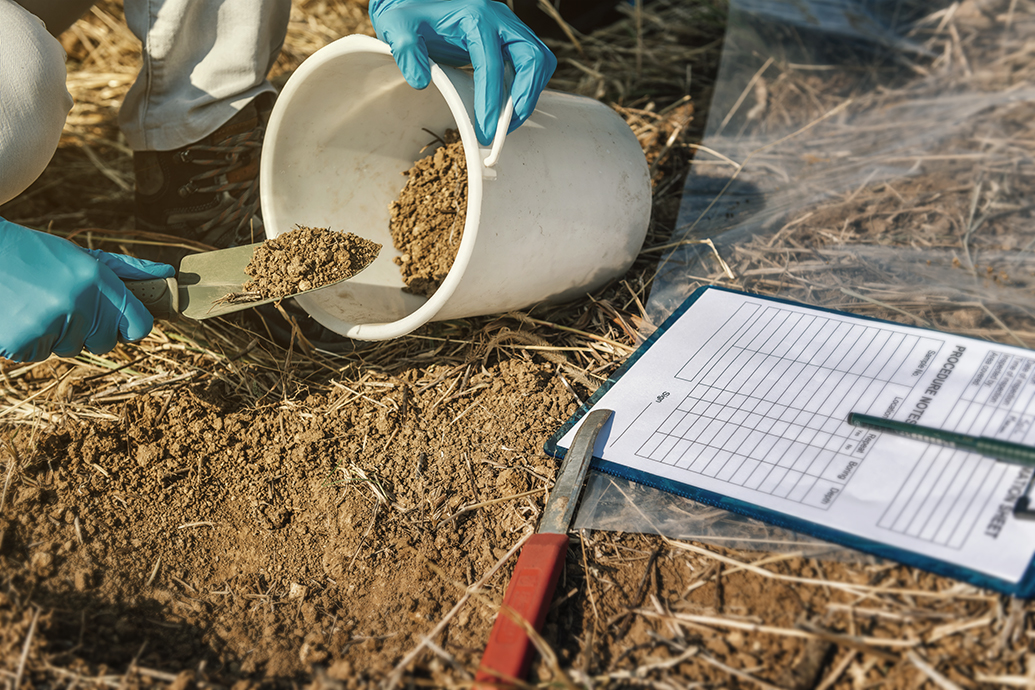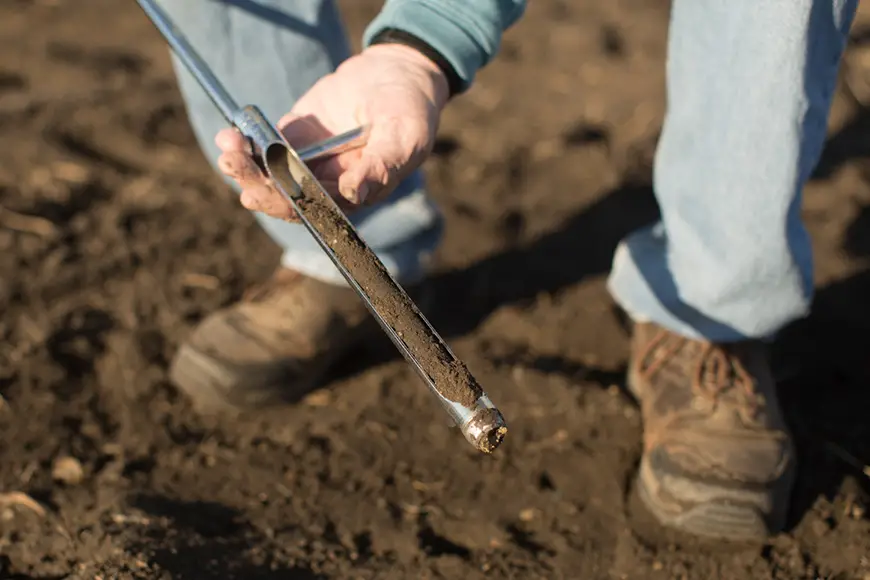Soil sampling is vital for understanding soil health. It helps in farming and gardening.
Soil sampling involves collecting soil from different areas and analyzing it. This process provides essential information about nutrient levels, pH balance, and composition. Farmers and gardeners use this data to make informed decisions about fertilization, irrigation, and crop selection. By knowing what the soil lacks or has in excess, they can improve plant growth and yield.
Soil sampling is a small step with a big impact on sustainable agriculture and gardening. In this blog post, we’ll explore the basics of soil sampling, its importance, and how you can do it yourself. Understanding soil sampling can lead to healthier plants and better yields. Let’s dive in!
Importance Of Soil Sampling
Soil sampling helps farmers understand the quality of their soil. They can identify nutrients in the soil. This helps them know what fertilizers to use. It also helps in saving money. Farmers don’t need to buy unnecessary products. Soil sampling also helps improve soil health. Healthy soil means better crops.
Soil sampling can increase crop yield. It helps in knowing the exact needs of the soil. This means crops get the right nutrients. Healthy crops grow strong and fast. This leads to higher production. More crops mean more profit for farmers. Soil sampling is a key to successful farming.
Types Of Soil Samples
Surface sampling involves taking soil from the top layer. This layer is usually up to 6 inches deep. Farmers use this method to check nutrient levels. It helps them know what to add to the soil. Surface samples are easy to collect. Just use a small shovel or a soil probe. Make sure to take samples from different spots in the field. This way, you get a good mix of the soil.
Subsurface sampling takes soil from deeper layers. This can be up to 24 inches deep. It helps check for deeper nutrients. Farmers also use it to find out if there are any harmful substances. Subsurface samples need special tools. A soil auger or a deep soil probe works best. Take samples from various depths. This gives a clear picture of the soil below.
Tools For Soil Sampling
Manual soil sampling tools are easy to use. A soil auger is a common tool. It digs into the ground to get soil samples. Shovels are also used. They help to dig and gather soil. Soil probes are another tool. They are long and thin. They push into the soil to pull out a sample.
Automated equipment makes soil sampling faster. Mechanical augers can dig deep and fast. They are used in larger fields. Robotic soil samplers are new. They collect samples with little human help. Drones can also help. They can find the best spots for sampling. GPS is used to map the soil sampling locations. It helps in collecting accurate data.

Credit: extension.msstate.edu
How To Collect Soil Samples
Gather your tools. Use a clean spade, bucket, and soil bags. Label the bags with the sample location and date. Remove any debris like leaves or stones from the surface. Dig a hole about 6 inches deep. Take a thin slice of soil from the side of the hole. Repeat this step at several spots in your field.
Mix the soil samples in the bucket. This gives a composite sample. Fill the labeled bag with this mixture. Seal the bag well. Send the sample to a lab for testing. Follow the lab’s instructions for best results.
Do not use dirty tools. This can contaminate the sample. Avoid collecting soil after heavy rain. Wet soil can give false results. Do not mix soil from different depths. This can skew the results. Always label your samples. Unlabeled samples can cause confusion later.
Analyzing Soil Samples
Understanding soil sampling helps determine soil health and fertility. It involves collecting soil from different areas for analysis. Accurate soil sampling leads to better farming decisions and improved crop yields.
Laboratory Methods
Soil samples are tested in labs. Scientists use different methods to check soil. They measure pH levels to see if the soil is acidic or alkaline. They also look at nutrient content like nitrogen, phosphorus, and potassium. Another test checks for organic matter. This helps to know how rich the soil is. Labs also test for heavy metals. These can be harmful to plants and humans. The results help in deciding what plants to grow.
Field Testing Techniques
Field tests are done outside. Tools like soil augers and probes are used. These tools help to take samples from different depths. Color charts are used to check soil color. This tells about the soil type. Field kits can test pH and nutrients quickly. They are easy to use. Farmers use these tests to make quick decisions. Field tests are fast but less detailed than lab tests.
Interpreting Soil Test Results
Soil tests show levels of different nutrients. High levels mean the soil has enough nutrients. Low levels mean the soil needs more nutrients. It’s important to balance these nutrients for healthy plants. Too much or too little can harm plant growth.
Soil pH measures how acidic or alkaline the soil is. Most plants prefer a pH between 6 and 7.5. Soil texture tells if the soil is sandy, clay, or loamy. Sandy soil drains quickly. Clay soil holds water longer. Loamy soil is a mix and is best for most plants.
Improving Soil Health
Good fertilization helps soil health. Use the right amount of fertilizer. Too much can harm plants. Too little won’t help them grow. Test the soil first. Find out what it needs. Use the right type for your plants. Follow the instructions on the package. Keep the soil healthy.
Organic amendments are natural. They improve soil structure. Compost is a great amendment. It adds nutrients and helps soil hold water. Manure is another good choice. It enriches the soil. Leaves and grass clippings also work well. Mix them into the soil. They break down and improve soil health.

Credit: www.pennington.com
Maximizing Crop Yield
Soil sampling helps farmers apply the right amount of fertilizer. This is crucial for maximizing crop yield. Each field is unique. So, soil tests identify nutrient levels and deficiencies. Based on this data, farmers can apply exact amounts of nutrients needed. This reduces waste and saves money. Crops get what they need. No more, no less. As a result, plants grow stronger and healthier.
Regular soil sampling keeps track of soil health. Healthy soil is the foundation of good crops. Testing helps spot problems early. For instance, high salt levels or low pH can harm plants. Early detection allows for quick action. Farmers can then adjust practices to maintain soil health. This ensures long-term productivity.

Credit: www.qedenv.com
Frequently Asked Questions
What Is Soil Sampling?
Soil sampling is the process of collecting soil samples. It’s done to analyze the soil’s health and nutrient levels.
Why Is Soil Sampling Important?
Soil sampling is crucial for understanding soil fertility. It helps in making informed decisions for crop management.
How Often Should Soil Sampling Be Done?
Soil sampling should be done at least once a year. Regular sampling helps in monitoring soil health consistently.
What Tools Are Needed For Soil Sampling?
Basic tools for soil sampling include a soil probe, clean bucket, and sample bags. These tools ensure accurate sampling.
Conclusion
Soil sampling is crucial for healthy crops and gardens. It helps identify nutrient levels and soil conditions. With this information, you can make informed decisions. Better soil management leads to improved plant growth. Accurate sampling ensures efficient use of fertilizers.
This saves money and protects the environment. Regular soil tests help maintain soil health. Understand your soil to achieve optimal results. Start sampling today for a healthier garden tomorrow. Happy planting!

My mission is to help you bring the beauty of nature indoors with expert advice, detailed plant care guides, and creative design ideas.





Leave a Reply